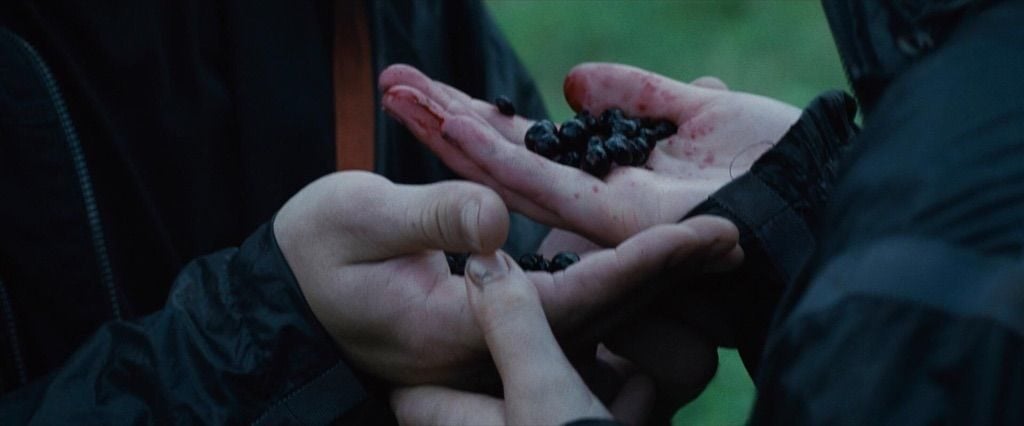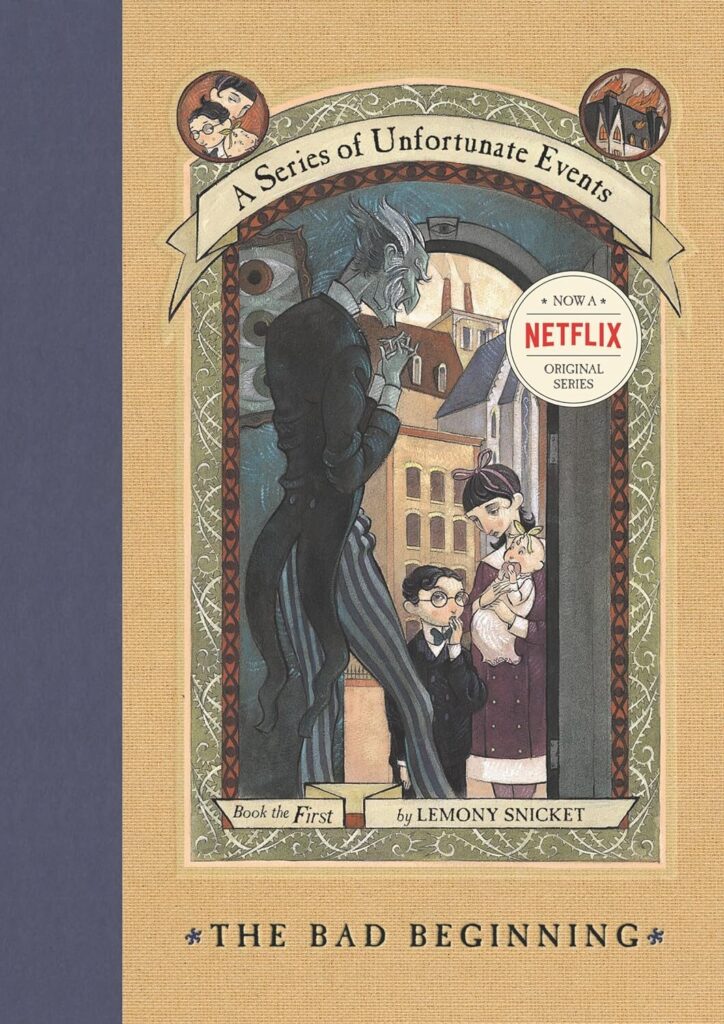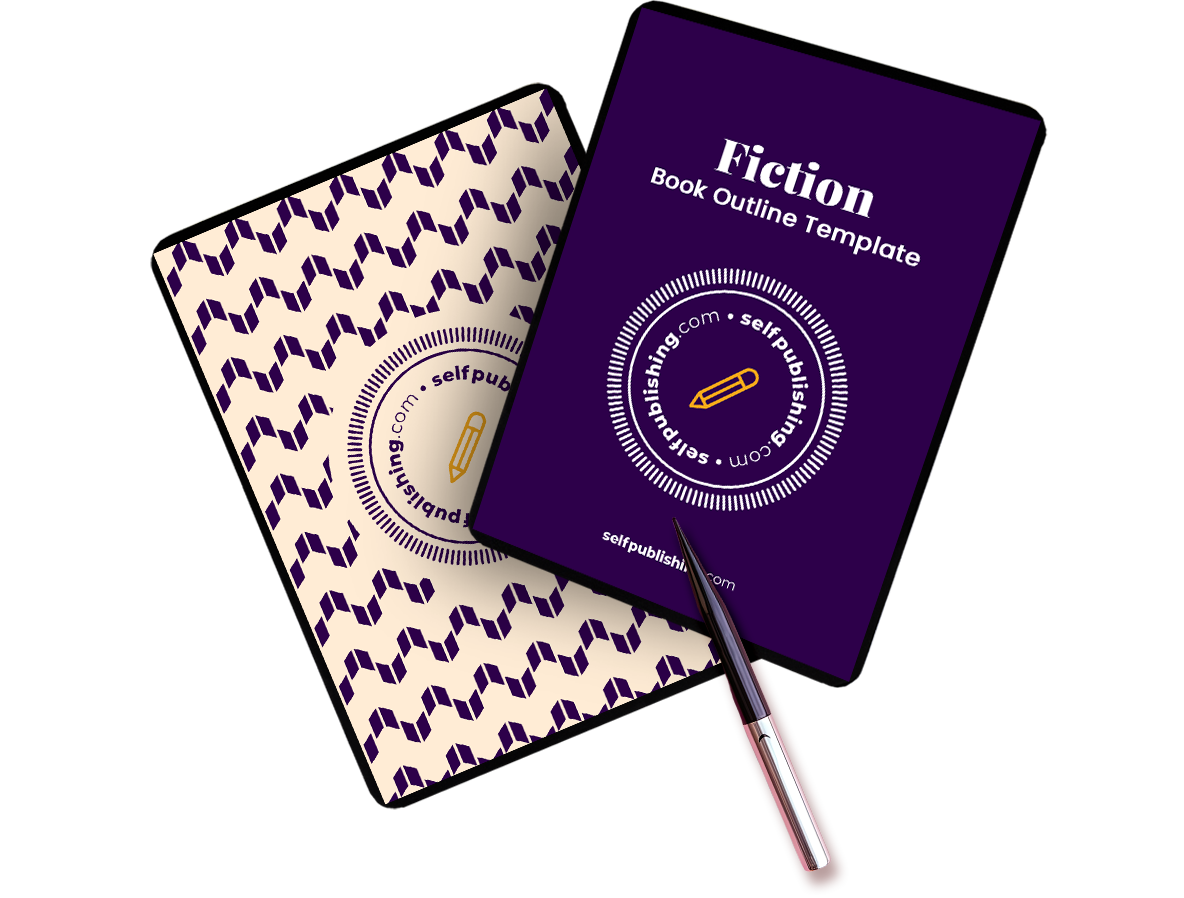Many people consider Chekhov’s gun to be a literary element or plot device, when it’s not quite that. Chekhov’s gun is more of a tool for thought. It’s a principle writers can employ to systematically consider the effect of story details on a plot.
In this post we will explain what Chekhov’s gun is, how to use it, and give some popular Chekhov’s gun examples to help you understand the principle better. Then we will discuss whether or not it’s important to use Chekhov’s gun in your writing.
What is Chekhov’s gun?
Chekhov’s gun (or Chekhov’s rifle) is the narrative convention coined by Anton Chekhov that compels for every element in a story to be necessary. Essentially, if a gun is featured in a story, there must be a reason for it, meaning it must be fired later.
According to Chekhov’s principle, every element in a story should have some use or payoff in order to earn inclusion. He thought it was wrong to make a promise you don’t keep, and including something significant in a story is a promise you make to your readers. If it doesn’t pay off, you’ve theoretically broken that promise.
There are several variations of this advice from Chekhov, but here’s one quote to sum it up: “If in the first act you have hung a pistol on the wall, then in the following one it should be fired. Otherwise don’t put it there.”
What is the origin of Chekhov’s gun?
As we said above, Chekhov’s Gun originates from Russian playwright Anton Chekhov. He articulated the principle in a letter to a friend in 1889. Chekhov emphasized that every element in a story should be necessary, and if something is introduced, it must be used later.
This idea encourages writers to create tight narratives where every detail contributes to the plot, avoiding superfluous elements. Chekhov’s approach has since become a fundamental concept in storytelling across various mediums.
Chekhov’s gun vs foreshadowing
There’s a bit of murkiness around what actually constitutes the “gun” in a story.
These are two situations where Chekhov’s gun applies:
- 1. If a detail that seems irrelevant at first mention is repeatedly brought up again, it is likely a gun. When a writer calls attention to an object or concept, even if it is a common, everyday thing, the readers will expect that object or concept to pay off in some way by the end of the story.
- 2. If a detail is so big and obvious (like a literal gun), it will not escape notice, that is likely a gun. That means (if following Chekhov’s idea), that detail should pay off or be important to the story in some way.
But if a detail is both irrelevant at first glance and the author doesn’t emphasize its existence or bring it up again, it is not a gun.
While Chekhov’s gun focuses on ensuring that introduced elements are utilized, foreshadowing involves hinting at future events, often without the need for those elements to be crucial in the narrative’s resolution. Both contribute to storytelling but in distinct ways.
Foreshadowing creates suspense and engages the audience by allowing them to make connections between present and future events.
Chekhov’s gun vs MacGuffin
Chekhov’s gun and MacGuffin are both narrative devices but serve different purposes.
Chekhov’s gun refers to the principle that any introduced element must have significance and be utilized later in the story, enhancing narrative cohesion.
In contrast, a MacGuffin is an object or goal that drives the plot but may have little intrinsic value or meaning beyond its role in motivating characters.
While Chekhov’s gun ensures that details matter, a MacGuffin often serves as a plot catalyst without requiring deeper exploration, focusing instead on character interactions and plot progression surrounding it.
A classic example of a MacGuffin in literature is the “One Ring” in Tolkien’s The Lord of the Rings. The Ring serves as the central object that drives the plot, motivating characters to embark on a quest to destroy it.
While the Ring itself is powerful and has significant implications for the characters, its primary function is to propel the story forward and create conflict among various factions. The focus is more on the journey and the characters’ interactions than on the Ring’s inherent qualities.
Chekhov’s gun techniques: How to use Chekhov’s gun in your writing
If you want to employ Chekhov’s gun in your own writing, here are a few guidelines you might consider.
1. Remove everything that has no relevance to the story.
If you’re trying to follow Chekhov’s guide to the letter, chop everything in your story that has nothing to do with the story. If it isn’t directly affecting the characters or plot, snip it.
This gets murkier when it comes to other story elements like themes, atmosphere, and metaphor.
What counts as the “story”? If themes are considered part of the story, then some literary elements may seem irrelevant, but they work to build an atmosphere, theme, or moral. This is where the principle gets subjective.
2. Use it to foreshadow events.
Chekhov’s gun lends itself well to foreshadowing. If something is introduced and pays off later, reflecting on the story (or re-reading it) reveals the inevitability of the ending. This kind of obvious planning makes writers look competent and a story seem intentional and developed.
3. Break the rule!
If everyone followed the literal convention of Chekhov’s gun, red herrings wouldn’t exist. Mysteries would hold no intrigue, because it would be so easy to piece together the clues and guess the ending.
Sometimes an object exists just to throw the reader off the trail, especially in mystery stories.
Chekhov’s gun is one of those rules to be aware of, but also know how to break when it serves your story.
4. Remember it doesn’t have to be an object.
While the gun metaphor is referencing a physical object, the idea is also applied to non-object things, like character traits.
If you reveal a character’s fear of heights early in a story, then the climax involves their fear of heights, that character trait could be considered a gun.
So if you emphasize a character’s trait through the story, or it’s such a strange trait that it sticks out and readers will remember it by the end of the book, it makes sense that it is relevant to the plot. If it doesn’t come up again later, it might feel like a letdown.
Mistakes to avoid when using Chekhov’s gun
Like with any writing rule or standard, there are exceptions. Here are some mistakes to avoid.
Taking it too literally
If you apply Chekhov’s gun to every single word of your story, you’re going too far. For example, when describing a setting, you’ll likely mention very many things that will not return in a significant way. That’s perfectly fine! “Irrelevant” details that aren’t harped upon work together to build a setting and atmosphere.
If a detail or element is particularly shocking, attention-grabbing, or strange, it should likely be relevant to the story.
If a detail or element is unremarkable, but the writer returns to it several times, spends a great deal of page space describing it, or has a character significantly interact with it, it should likely be relevant to the story.
But if your details are building a picture, and nothing sticks out as particularly strange or notable, that’s fine. Scraping a story of literally anything insignificant to the plot will leave it hollow, boring, and unrealistic..
Ignoring it entirely
On the other hand, if you completely dismiss Chekhov’s principle, you might end up deceiving your audience in a negative way. They could feel lied to, or your story will seem sloppily constructed and unthoughtful.
Not setting it up properly
If you forget to introduce the gun before it goes off, the foreshadowing doesn’t exist. The gun came out of nowhere, and your audience might be left confused and wondering where the heck that gun came from.
Just like loading a gun and not firing it can leave an audience disappointed, firing the gun without loading it can disappoint them too.
Chekhov’s gun examples in movies and literature
To illustrate this principle, let’s look at a few Chekhov’s Gun examples employed in famous pieces of literature or movies.
Pulp Fiction by Quentin Tarantino

Gun introduced: The mysterious briefcase that Vincent and Jules retrieve from a group of men, which glows when opened.
Gun loaded: The dialogue surrounding the briefcase hints at its importance, with characters expressing fear and reverence for its contents.
Gun fired: The briefcase is revealed to contain Marcellus Wallace’s soul, symbolizing deeper themes of redemption and the consequences of their violent lifestyles, ultimately influencing the characters’ choices and fates.
Pride and Prejudice by Jane Austen
Gun introduced: Lydia is a loud, silly, flirty girl who is always edging trouble.
Gun loaded: Lydia goes on a trip essentially unsupervised, while Lizzie begs her father not to let her go because it’s dangerous.
Gun fired: Lydia foolishly gets involved with Mr. Wickham, which traps her in a scandalous marriage and throws the rest of her family under scrutiny and judgment, nearly wrecking all of her sisters’ futures in the process.
The Hunger Games by Suzanne Collins

Gun introduced: Katniss forages for plants and proves her awareness of poisonous ones.
Gun loaded: In the games, she slaps poisonous berries out of Peeta’s hand before he eats them.
Gun fired: Katniss pretends to eat the berries to kill herself so the Capitol will let them both live.
A Series of Unfortunate Events: The Bad Beginning by Daniel Handler

Gun introduced: Violet is right-handed.
Gun loaded: Several times in the book, we are reminded she’s right-handed.
Gun fired: At the end, she foils Count Olaf’s plans by signing the marriage certificate with her left hand, making the certificate illegitimate.
The Quick and the Dead
Gun introduced: The sheriff’s badge thrown to the ground after he’s shot
Gun loaded: The doctor gives Ellen the sheriff’s badge before her fight
Gun fired: Cort and Ellen fake her death by hiding the sheriff’s badge in her shirt when he shoots her, so the bullet is blocked (sounds legit).
Arguments against Chekhov’s gun
Not every writer or reader agrees with Chekhov’s principle. Ernest Hemingway once poked fun at this sentiment by writing Fifty Grand, a short story where he introduced two characters that are never mentioned again.
Hemingway proposed that readers naturally want to assign some value to every bit of a story, meaning they will seek their own symbolism or significance in whatever a writer chooses to include..
If you feel Hemingway is a bit of a hack (same, girlie), here’s another argument: Andrea Phillips commented that assigning a “role” to every aspect of a story makes it predictable and “colorless”.
Donald Rayfield also pointed out that Chekhov neglects his own advice in his play, The Cherry Orchard, where not one but TWO unloaded firearms are never fired. But that element plays into the piece’s theme of incomplete action, so it is likely intentionally done.
It’s often the case that people who argue with guidelines in any creative field are overlooking the fact that it is just that: a guideline. No one will break your door down and confiscate your laptop if you’ve decided to take an unbeaten path on your way to a story—choose to take the advice, or discard it!
You’d be hard-pressed to find two artists who agree on every “rule” and convention of form—each decides for themselves, which is what makes art worthwhile. How boring it would be if every creator followed the same template!
Do you follow Chekhov’s rule in your own writing, or have you found exceptions for it?

